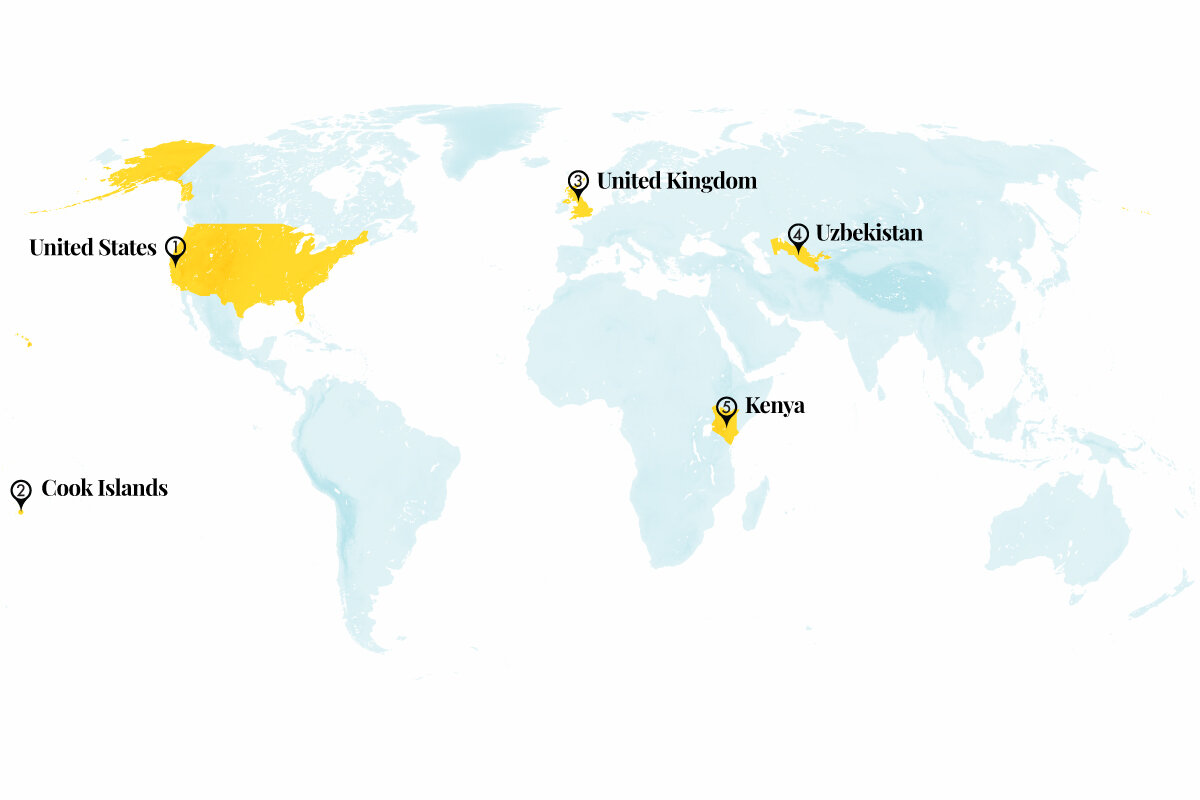While some far-right members are unhappy with the debt deal, others say Speaker Kevin McCarthy is holding an unwieldy GOP caucus together better than most. He’s also shown a willingness and ability to work with Democrats.
Monitor Daily Podcast
- Follow us:
- Apple Podcasts
- Spotify
- RSS Feed
- Download
 Ira Porter
Ira Porter
Currently I have 99 problems and lack of time is the biggest one. I bemoan not having enough time to read every single book that I scooped up recently at Publishers Weekly’s first in-person U.S. Book Show in New York City.
Where do I go from here? Summer doesn’t last forever, but I feel like my reading list does. My fellow bibliophiles and logophiles know the excitement of looking at piles of clean, handsome books with interesting covers. We gather in bookstores and exchange knowing glances of which titles we will open first.
We ponder over prose that confounds, teaches, inspires, and challenges us. We have been enraptured by stories that have taken our imaginations on trips of heroic displays of bravery in the face of dystopian cruelty or wondrous fantasy, and we’ve been on crime-solving missions alongside Miss Marple and other would-be sleuths.
When I stepped foot inside the book show, I wanted to shape-shift into an eight-arm octopus to grab every galley. I got some, but other titles were too popular and earlier birds with quicker hands beat me to them.
Here are some of my notable finds. Public Enemy frontman Chuck D spoke about his “Naphic Grovel” titled “Stewdio,” which features original artwork and social commentary. If his prose and art match his lyricism, the book will be well worth the read. And Sarah Jessica Parker praised author Kim Coleman Foote about her forthcoming novel, “Coleman Hill,” which is on Ms. Parker’s SJP imprint. It is the story of a Black family’s migration to New Jersey from the Jim Crow South, full of colorful language that puts me in the mind of a Zora Neale Hurston novel.
A panel of debut authors and their works also sounded promising, including Alice Carrière and her memoir, “Everything/Nothing/Someone”; Kelsey James and her novel, “The Woman in the Castello”; and Terah Shelton Harris and her novel, “One Summer in Savannah.”
I will get through the books that I grabbed. My question for everyone else is, what’s on your summer reading list?












